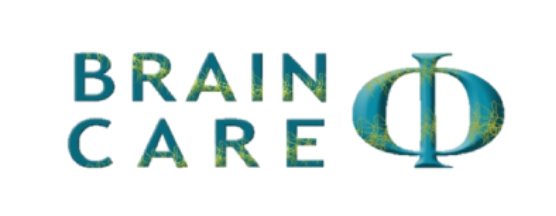
qEEG and Neuromodulation
HOW WE HELP
qEEG and Neuromodulation
What is Neurofeedback – This is a personalised therapy which gives moment-to-moment feedback about the body’s physiological parameters such as heart rate, skin conductance, respiration, temperature, muscle tension, and brain waves (EEG). Based on the individual’s brain map, a protocol is determined. This protocol works via a rewarding system, with the help of break-through technology. During this process, an individual will sit down comfortably while watching a movie or listening to music. When the person produces the desired brainwaves under the guidance of a clinician, the brain gets rewarded with a clearer image or better sound. Such system allows the brain to exercise itself in its newly created neural paths, resulting in it normalising its workings, in a process known as neuroplasticity. This treatment is natural, because all the work is completely done by the patient, without any input from the equipment, other than reading the brainwaves generated in the process. Neurotherapy is safe, non-invasive, pain-free, and medication-free.
Contact Us
Psychological assessments are often oriented towards understanding where an individual is at in terms of feelings, behaviour, or cognitive ability. Psychotherapy aims at understanding and addressing the factors contributing to an individual’s symptoms, for example as a result of past trauma, or in a current diagnosis of depression.
qEEG and Neuromodulation, on the other hand, are more focused on the physiology of the brain, by exploring and correcting imbalances in its activity. For example, problems in the areas that control functions like language and memory may be linked to the diagnosis of ADHD, Autism Spectrum, or Learning Difficulties, to name a few.
But, what is a qEEG? What is Neuromodulation?
What is a qEEG - The brain functions through complex electrical connections, which create different types of brainwaves that can be read in an Electroencephalogram (EEG). A Quantitative Electroencephalogram (qEEG) is the measure and interpretation of the type of activity present in each area of the brain. In this assessment, the individual wears a cap with electrodes for a short amount of time, with eyes closed, open, or while performing simple tasks. A computer then records the brainwaves in different areas of the brain.
qEEG and Brain Mapping - The rapid sophistication of healthcare tools allow qEEG results to be compared to huge normative databases, and then be translated into what is known as ‘Brain Mapping’. Brain maps are images in 2D and 3D generated by powerful software, based on the results of a qEEG reading. This allows a clinician to visualise and identify imbalances in different areas of the brain. For example, slow Alpha, Delta and Theta waves in the frontal lobe are often displayed by patients diagnosed with depression.
Why Our Combined Approach
Psychotherapy offers great tools for developing coping strategies, but it is not always enough when problems are persistent. In contrast, qEEG Brain Mapping and Neuromodulation are science-based processes that uncover an individual’s brain function in a far more specific and comprehensive way than traditional questionnaires and assessments -thus our interest in this area.
However, the same occurs the other way around, and while Neuromodulation produces measurable results, patients and their families still benefit greatly from counselling to support them through the challenges they may face during their journey. Therefore, we offer an approach that combines both psychotherapy and neurotherapy for optimal results.
Areas that we have a great deal of success in- either completely normalizing the client or dramatically improving their functioning – include Traumatic Brain Injury, Autism, ADHD, Learning difficulties, Anxiety, Depression and especially Epilepsy. At Brain Care we strive to offer the best-practice neuromodulation and brain training methods. We achieve this by using internationally acclaimed protocols. As a principle, we only use scientifically validated assessments and interventions. These are some of our Success Stories.
Want to know more? This is what to expect about qEEG and Neurofeedback at Brain Care. Or visit our qEEG and Neurofeedback FAQ.
Feel free to Contact Us for more information -our friendly staff is always happy to help.
Other Neuromodulation Therapies – As the brain improves so does the ability to learn. When the brain is able to learn more effectively, it can then catch up with things it has missed in the past. Speech therapists and OT’s tell us it makes their work a lot easier once their clients have finished Neurofeedback training. We often combine different Neuromodulation modalities, including Transcranial Direct Current Stimulation, (TDCS), Audio Visual Entrainment (AVE), and Sound Therapy. These can be further combined with EMDR, Family Counselling, and support in the home and at school. Programs are designed and tailored for the individual and the family.
Reports and Assessments Post-interventions – In some cases it may be relevant to measure progress and share these reports with third parties, such as other medical practitioners or NDIS representatives in order to apply for further funding to continue treatment. Private clients can also have access to this step at their request.





